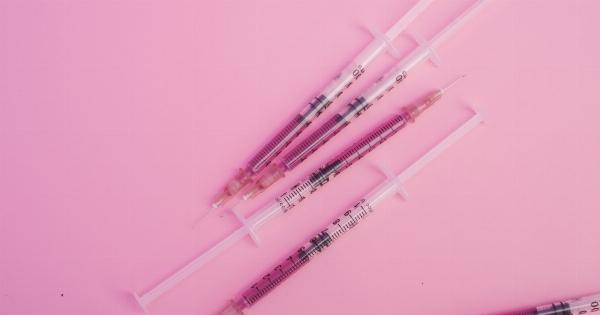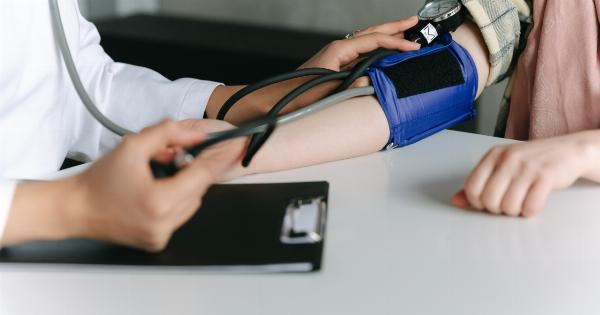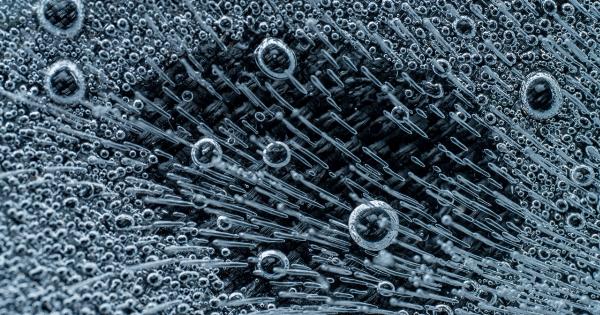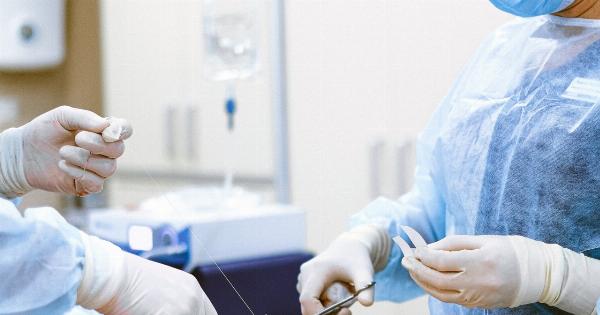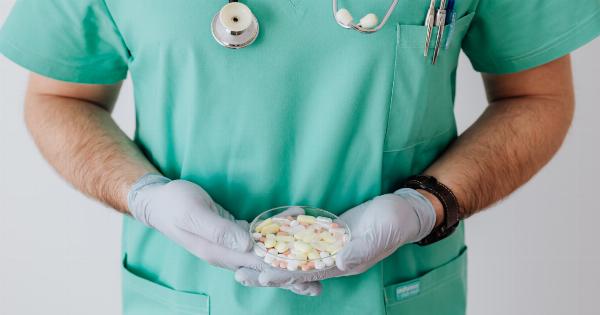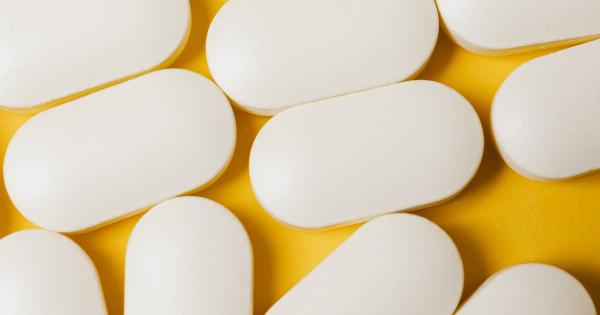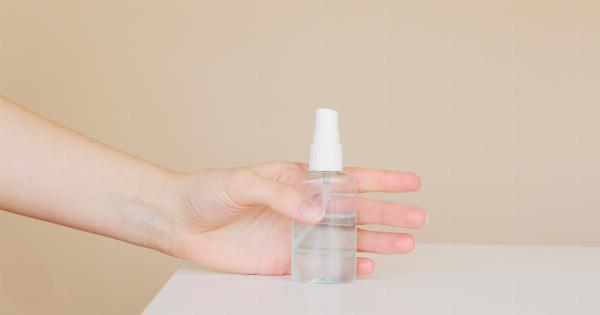Stroke infarction, also called cerebral infarction, is a type of stroke that occurs when there is a blockage in a blood vessel that supplies blood to the brain.
When this happens, brain cells begin to die due to lack of oxygen and nutrients, and this can result in serious, long-term disability or even death in some cases. It is important to seek medical attention immediately after a stroke infarction to maximize your chances of recovery and prevent further damage to the brain.
What Are the Critical Time Limits for Stroke Infarction Treatment?
The time window for treatment of stroke infarction is limited, and it is essential to seek medical attention as soon as possible after symptoms appear to maximize your chances of recovery.
According to the American Stroke Association, the time window for treatment of stroke infarction with the clot-busting drug tissue plasminogen activator (tPA) is within 4.5 hours of symptom onset, and the time window for mechanical clot removal is within 6 hours of symptom onset for select patients.
Why Are Time Limits for Stroke Infarction Treatment So Critical?
The time limits for stroke infarction treatment are critical because the longer it takes to treat the stroke, the greater the likelihood of permanent brain damage.
During a stroke, brain cells begin to die within minutes due to lack of oxygen and nutrients. The longer the blood flow to the brain is blocked, the more brain cells will die, which can result in serious, long-term disability or even death.
Therefore, it is essential to seek medical attention immediately after symptoms appear to minimize brain damage and maximize your chances of recovery.
What Are the Symptoms of Stroke Infarction?
The symptoms of stroke infarction can vary depending on which part of the brain is affected, but some common symptoms include:.
- Sudden weakness or numbness in the face, arm, or leg (especially on one side of the body)
- Sudden confusion, trouble speaking, or difficulty understanding speech
- Sudden difficulty seeing in one or both eyes
- Sudden dizziness, trouble walking, or loss of balance or coordination
- Sudden severe headache with no known cause
If you or someone you know experiences any of these symptoms, seek medical attention immediately.
What Are the Treatment Options for Stroke Infarction?
There are several treatment options for stroke infarction, including:.
- Tissue plasminogen activator (tPA): This is a clot-busting drug that can dissolve the blood clot causing the stroke and restore blood flow to the brain. It is most effective when given within 4.5 hours of symptom onset, but it carries the risk of bleeding in the brain.
- Mechanical clot removal: This is a procedure that involves using a catheter to remove the blood clot causing the stroke. It is most effective when performed within 6 hours of symptom onset for select patients.
- Aspirin: This is a blood-thinning medication that can help prevent further blood clots from forming in the brain. It is usually given within 48 hours of symptom onset.
- Blood pressure control: High blood pressure is a major risk factor for stroke, and controlling blood pressure can help prevent further damage to the brain.
The specific treatment plan for stroke infarction will depend on the severity of the stroke and other individual factors, so it is important to consult with a healthcare provider for personalized treatment recommendations.
How Can You Reduce Your Risk of Stroke Infarction?
While some risk factors for stroke infarction, such as age and genetics, cannot be controlled, there are several lifestyle changes you can make to reduce your risk of stroke, including:.
- Quitting smoking: Smoking is a major risk factor for stroke, and quitting smoking can significantly reduce your risk.
- Maintaining a healthy weight: Being overweight or obese increases your risk of stroke, so it is important to maintain a healthy weight through regular exercise and a healthy diet.
- Managing chronic medical conditions: Conditions such as high blood pressure, diabetes, and high cholesterol can increase your risk of stroke, so it is important to manage these conditions through medication and lifestyle changes.
- Limiting alcohol consumption: Excessive alcohol consumption can increase your risk of stroke, so it is important to drink alcohol in moderation.
- Eating a healthy diet: A diet rich in fruits, vegetables, whole grains, lean protein, and healthy fats can help reduce your risk of stroke.
Conclusion
The time limits for stroke infarction treatment are critical, and it is essential to seek medical attention immediately after symptoms appear to maximize your chances of recovery and prevent further damage to the brain.
The specific treatment plan for stroke infarction will depend on the severity of the stroke and other individual factors, so it is important to consult with a healthcare provider for personalized treatment recommendations. Additionally, making lifestyle changes to reduce your risk of stroke can help prevent stroke infarction and other types of stroke.


